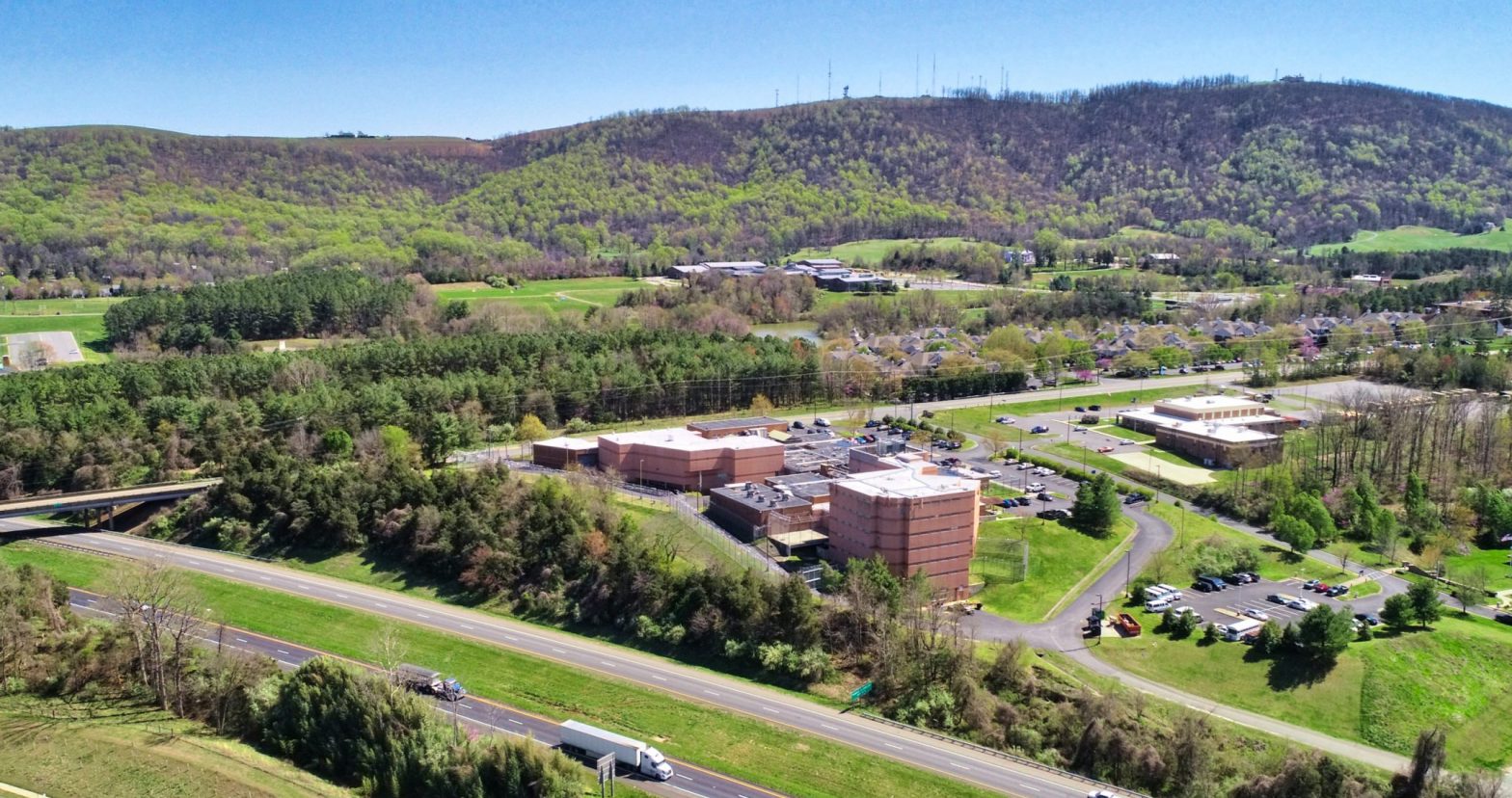Since the beginning of the pandemic, inmates at the Albemarle-Charlottesville Regional Jail have called attention to a host of health and sanitary issues at the facility, including black mold, faulty wiring, leaky ceilings, poor plumbing, freezing temperatures, bug infestations, standing water, and shoddy COVID containment procedures.
The jail’s leadership has begun taking steps to improve the 46-year-old facility, which serves the City of Charlottesville and Albemarle and Nelson counties. Jail Superintendent Martin Kumer and Moseley Architects are in the process of presenting the renovation plan to member jurisdictions.
In addition to upgrading and replacing the jail’s HVAC units, electric systems, lighting, and air filtration, the renovation will create a dedicated mental health unit, outdoor recreation space, and larger visitation area. The upgrades will add more classrooms, programming space, administrative offices, toilets, and showers. The jail’s housing areas will also be expanded and revamped with stress-reducing colors, more natural sunlight, and sound-deadening materials, explained Tony Bell of Moseley Architects during last week’s Charlottesville City Council meeting.
“The measures that will be taken to induce a more trauma-informed designed facility [include] removal of all of the bar grate,” said Bell. “Right now, the windows that open onto the majority of the day rooms are approximately 10 feet from the actual detainees…By removing the bar grate, it will allow [them] to go up next to and receive some direct sunlight from those windows.”
Currently, the older portions of the jail do not allow staff to directly supervise the population. The renovations will remove walls between inmates and staff, which Bell said can help to improve relationships and decrease conflicts.
The renovations will not increase the jail’s capacity, which is currently 329 people. After conducting a needs assessment—which examined crime trends, criminal justice reforms, and other factors in the three localities—jail leadership determined that the facility’s population would not increase substantially in the future.
In January, the jail’s population was 265 people, the lowest it had been in 20 years, in part because efforts to prevent the spread of COVID increased the prevalence of home electronic incarceration—house arrest via ankle monitor.
“Right now is a great time for this construction and renovations project because your population is so low,” said Bell. “You can vacate day rooms, renovate those day rooms when they’re vacated, and move those detainees back into [them] upon the completion of the renovation.”
The renovation is expected to cost about $49 million. The state will contribute $12.5 million, and the three localities that use the facility will be on the hook for the rest.
Before the renovation can move forward, each member jurisdiction must pass a resolution in favor of the project, and the General Assembly has to sign off on the state funding allocation. Construction is expected to begin in August 2024 and finish in November 2025.
Jail leadership ultimately hopes improving the rundown facility will promote rehabilitation and reduce recidivism.
“One of the things that I try to tell folks who say, ‘gee we should be cutting the police and jail budget,’ is don’t think that doing it right is cheaper than doing it wrong,” said Mayor Lloyd Snook. “This would give us the ability to take things away from the purely punitive model, towards more nearly a rehabilitation model.”
In response to calls from community members to abolish prisons, Kumer claimed that renovating the jail is the only way getting rid of it would be “remotely feasible” in the future.
“Investing in the facility is conducive to just that—reducing crime,” he said.
Council is expected to pass a resolution authorizing the renovations by September.
